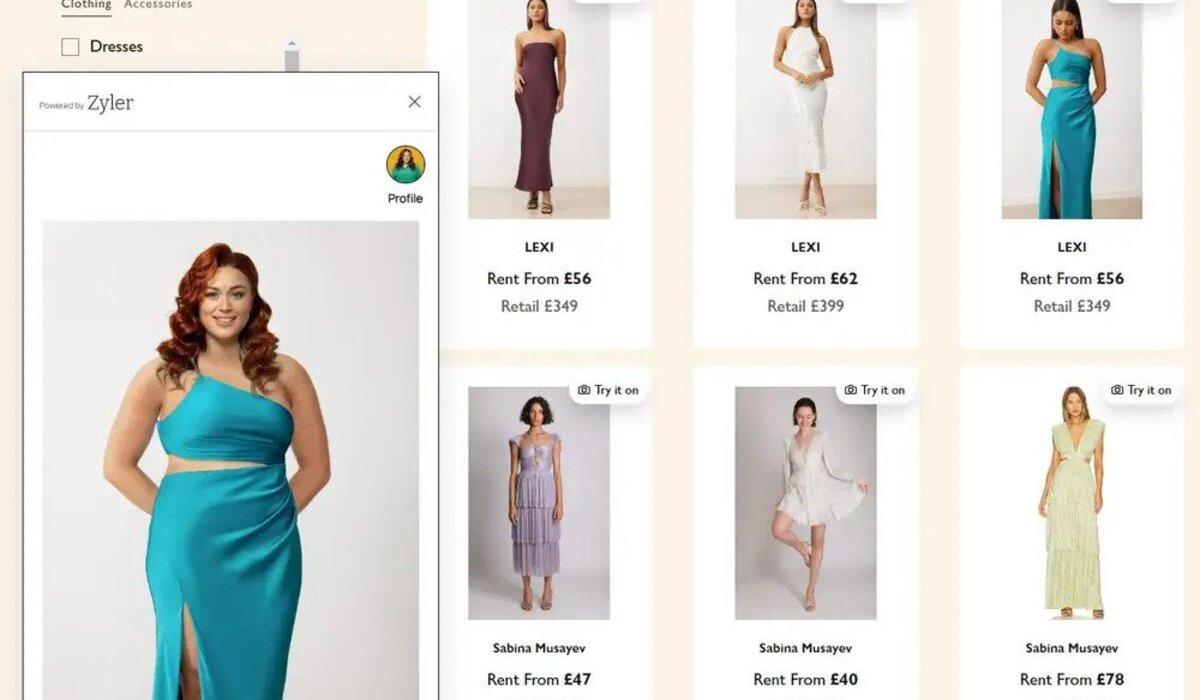In today’s evolving retail landscape, innovations like buy-now, pay-later programs and live-streamed fashion shows are changing how we shop. However, they’ve also led to a surge in product returns, especially in online sales. Customers often struggle to predict how items will look and fit, resorting to “bracketing,” buying multiple sizes or colors with plans to return what doesn’t meet expectations.
To address this challenge, retailers are implementing return fees to offset the soaring costs. In 2022, online returns cost the retail industry a staggering $280 billion. The solution? Virtual try-on technology.
Virtual try-on tech transforms how customers engage with fashion products. Rather than relying on static images of models, shoppers can now virtually “try on” items through artificial intelligence (AI) and augmented reality (AR). This tech empowers customers to visualize themselves in the clothing, making informed purchase decisions.
The benefits extend beyond customer satisfaction, benefiting retailers too. Brands can boost conversion rates and discoverability while reducing return rates. When customers can see themselves in the clothes, they’re more likely to make confident purchases.
Virtual try-on tech takes different forms, all driven by AI and AR. One approach lets online shoppers virtually “try on” clothes before adding them to their cart. For example, Anthropics Technology’s AI try-on tool, Zyler, simplifies the process with a few measurements and a customer’s face photo.
In physical stores, AR mirrors are transforming the in-store experience. DressX, for instance, offers AR mirrors for trying on garments without changing physically. This streamlines shopping and offers an interactive experience.
Moreover, virtual try-on enables customers to buy digital-only clothing. When customers purchase a digital fashion piece, the tech superimposes it onto a photo, ensuring it aligns with their body shape, pose, and even movement in videos.
Virtual try-on tech has a dual impact: reducing returns by empowering informed choices and aligning with sustainability goals by reducing waste and emissions. However, the fashion industry has been slow to adopt this tech, reflecting its conservative nature. Tech companies, more open to innovation, are driving the adoption of virtual try-ons.
In conclusion, virtual try-on technology is a game-changer, enhancing the shopping experience and benefiting retailers. AI and AR, remove the uncertainty of online shopping, reduce returns, and contribute to sustainability. As the fashion industry evolves, more brands will likely embrace this transformative tech, revolutionizing the way we shop for clothing in the digital age.

